This year marks the 40th anniversary of Cravo’s retractable roof systems. “Back in 1982, we invented the very first retractable roof for the tree seedling industry in Canada,” says the company’s President and CEO Richard Vollebregt. The roof was designed to provide shade for young trees in winter to keep the protective snow cover. It was a simple requirement, but with one caveat. The roof needed to retract automatically as soon as it started snowing to prevent the structure from collapsing. As a result, a snow sensor was built in, allowing the roof to automatically retract when snow was detected.
From a simple retractable shade house, Cravo has over the last 40 years developed over 75 different retractable solutions, using 4 different house models, 1-3 layers and a choice of 11 different coverings. “Global warming, erratic weather, the pandemic, and an increased focus on reducing water, electricity and fuel for heating are driving up demand for our automatic retractable roof greenhouses, cooling houses and field covering systems in desert, tropical and temperate climates,” commented Vollebregt.
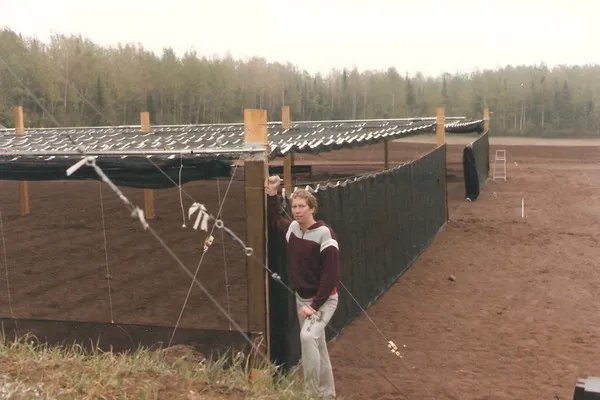 The first retractable roof greenhouse was invented in 1982.
The first retractable roof greenhouse was invented in 1982.
Berry segment
In 2014, Cravo expanded into the berry segment. Strawberry producers are using retractable greenhouse and cooling roofs to produce firm sweet fruit, targeting higher price windows during the late fall and early winter. “A retractable roof helps them extend the season,” shared Vollebregt. The fruit has the firmness of outdoor grown fruit, making it practical to ship longer distances. Raspberry growers are also targeting the windows where tunnels are not suitable due to excessive heat.
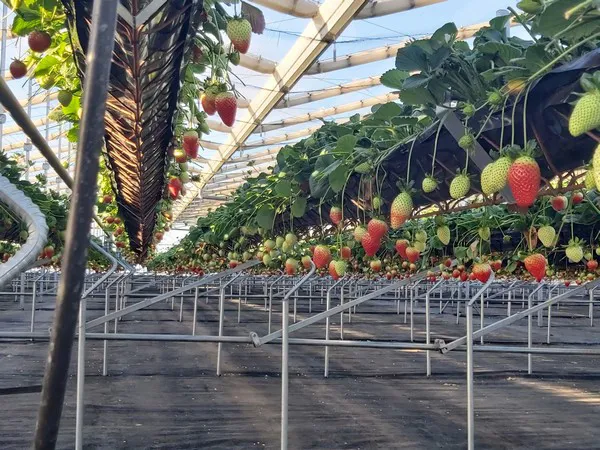
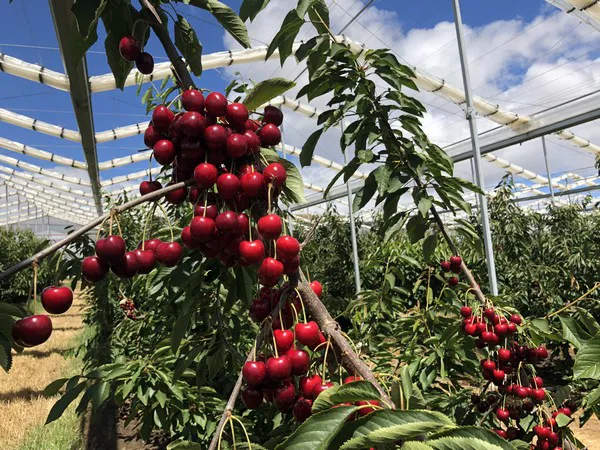
Cooling houses
More recently, hot climates like in the Middle East have started to use retractable cooling houses. They allow vegetables and berries to be grown in extremely warm climates while using 90 percent less electricity and water for cooling compared to conventional pad and fan greenhouses. “This is a very sustainable way of growing a wider variety of food crops helping to improve food security while preserving precious water.” said Vollebregt. The dramatic increase in the cost of oil, natural gas, and electricity has made warm and hot climates more attractive for food production as they don’t require supplemental heating. In addition, with an electricity use of only 2 – 3 KW per day and supplemental water being used primarily for humidification, the low use of natural resources creates a long-term sustainable advantage.
The retractable greenhouses and cooling houses can also be fitted with bird nets or insect nets to provide additional crop protection.
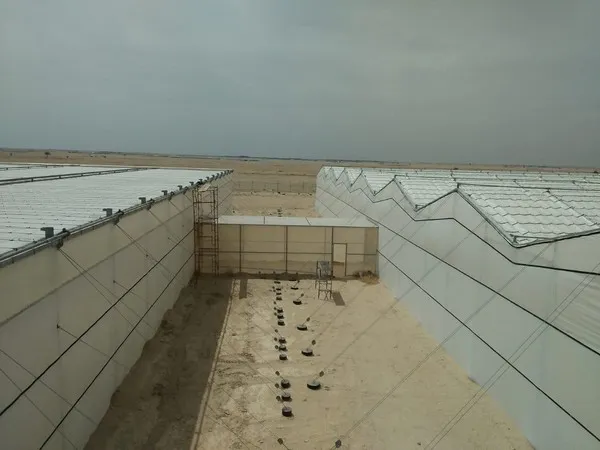
Impact of pandemic
Protection from different climate extremes has driven up demand for retractable roof houses over the years. More recently, the impact of the pandemic resulted in a further increase in demand. “As the tourist industry rebounds, resorts in tropical locations like the Caribbean are looking for ways to source fresh, safe produce. Their local food supply is often challenged by hurricanes whereas imports are unreliable due to challenges in the shipping industry globally. “Our retractable roof greenhouses are a great solution. They help growers in tropical monsoon locations produce vegetables through the dry hot summer conditions and during the humid rainy monsoons. In addition, our retractable roof systems have survived all 13 hurricanes, typhoons and cyclones that they’ve been hit with over the past 19 years.”
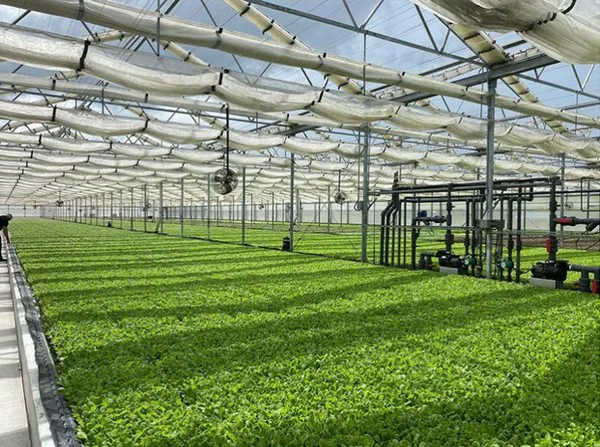
Cravo is looking forward to discussing their solutions at Fruit Logistica in Berlin from April 5 -7. Plan a visit to Hall 6.1 and stop by booth B-01.
 For more information:
For more information:
Richard Vollebregt
President
Cravo Equipment Ltd
Phone: +(1) 519 759 8226 x 215
richardv@cravo.com
www.cravo.com
